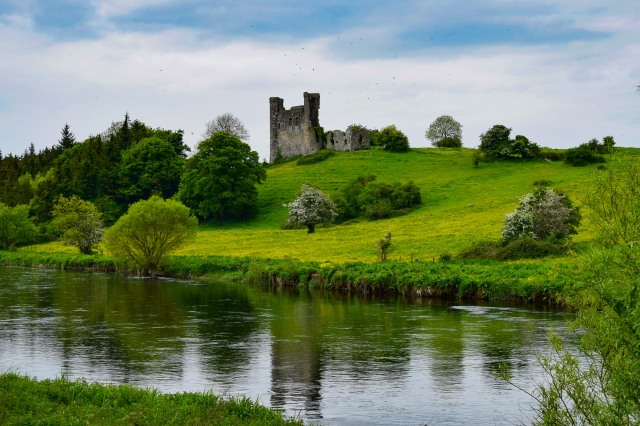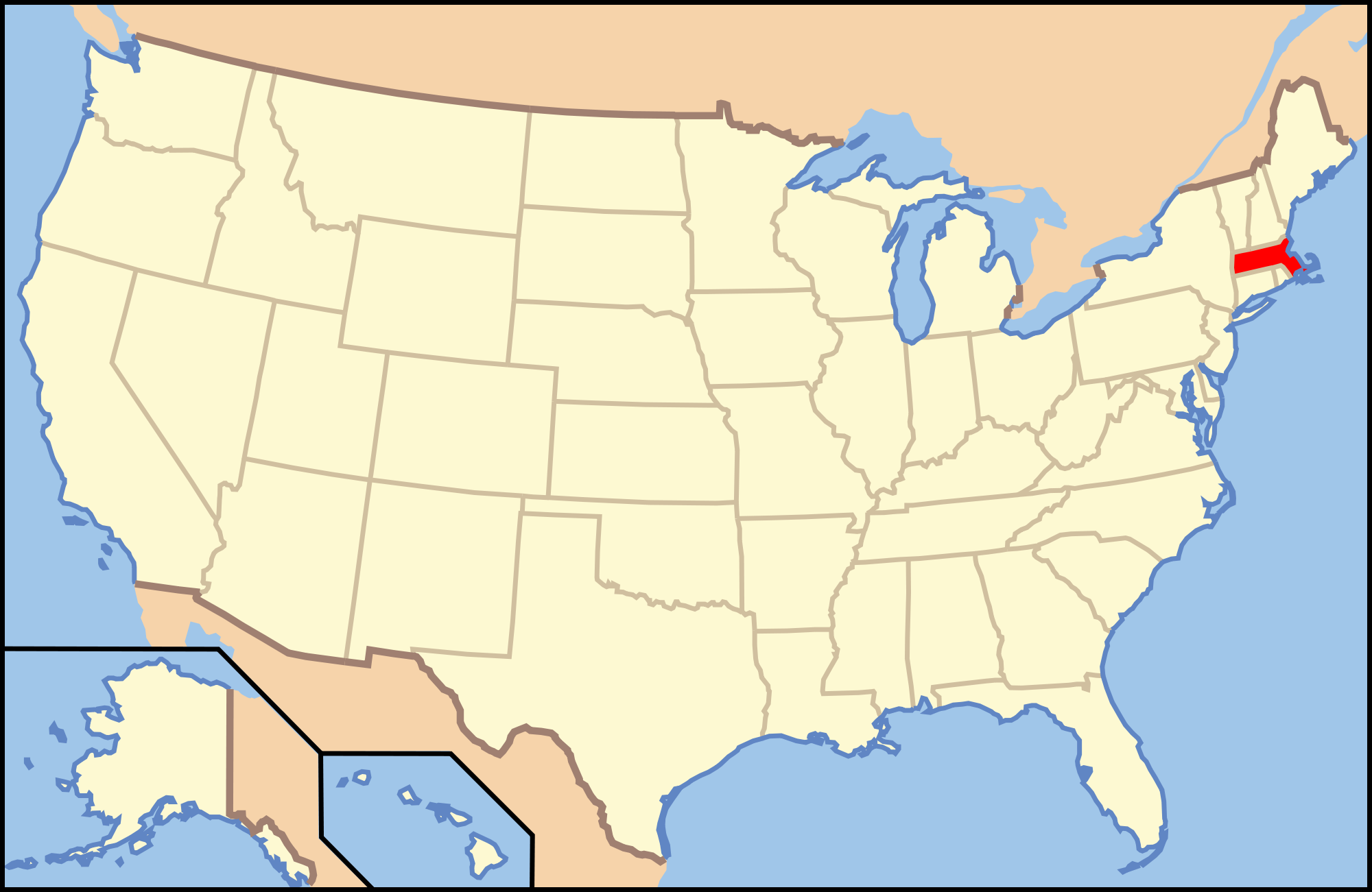In the low-lying mountains of the Irish Island and
among its green lush hills lived once King Labhraidh Loingseach. He had a
secret, but had learned that keeping it isn’t always best and that it is good
to be able to laugh at yourself.
King Labhraidh was a very sensitive about the way he
looked. His crown was designed in such a way that it covered his ears. Why? He
wanted to make sure that nobody would discover his secret. What was the secret?
He was born with horse’s ears!
Horse’s ears or not, he still needed a haircut as
everybody else. Every six weeks a barber was selected randomly to cut the
king’s hair. Afterwards, the barber was thrown into dungeon and killed. The
King didn’t want to take any chance.
The news spread throughout the kingdom quickly. Soon
no barber could be found to cut the king’s hair.
Upon the seventh week without his haircut, the king
got furious and ordered two of his soldiers to fetch a barber or their lives
would be on the line. The soldier knew the true meaning of king’s words and
knew to better come back with a barber.
They searched eagerly on the first day with no luck.
The second day seemed no better until they came across a remote village in the
mountains. Young barber by the name of Johnny Gruagach, who lived with his mother,
was about to open the front door of his barbershop when he was grabbed and tied
by two soldiers. “You are to give a haircut to the king,” announced one of the
soldiers.
While the soldiers were approaching the castle, the
young barber’s mother entered his shop for a chat, but to her surprise it was
empty.
She ran across the tiny village yelling, “Has
anybody seen Johnny?”
A neighbor rushed toward her, “I thought you knew.
The soldiers took him to the castle to give the king a haircut.” Her cries
reached the whole village.
Eventually she was calmed by kindly neighbors and
vowed to plead with the king for her son’s life. And that’s what she did. She
set on the long trek to the castle.
Once there, she threw herself on the floor in front
of the king and pleaded with her tearing eyes. “Johnny is all I have. The
little he earns keeps us from starving. I beg you to spare him.”
The king was moved, but wondered if he could trust
the young barber. “I will spare his life, but if he doesn’t keep my secret, you
will both respond with your lives.”
The woman thanked the king repeatedly and returned
home.
In the adjacent room, small and dark, her terrified
son was awaiting the king.
A short time later, the king entered the room and
sat on a simple chair. The barber instinctively removed the crown. To his
astonishment, tow horse’s ears popped up. Johnny suppressed a laugh.
Once the haircut was done, the king spoke. “Let me
give you a warning. Your life is being spared today, but if you ever speak a
word of this to anybody, not only you, but also your mother will pay for this
with your lives.”
Upon his return to the village, people wondered how
he escaped with his life. But promise was a promise. He wouldn’t say a word.
However, his desire to share his secret was getting stronger and stronger to a
point that he couldn’t eat or sleep. His worried mother fetched a doctor.
“Well, he seems to be perfectly fine,” announced the
doctor after a thorough examination. “Is something on your mind that is
bothering you?”
After a short hesitation, the boy burst out, “I have
a secret, which I cannot reveal.”
“Well,” the doctor stroked his long grey beard, “Why
don’t you to the Wood of Direen and find the tallest oak tree at the edge of
the forest. Tell your secret to its trunk. This way you will relieve yourself
without breaking your promise.”
And that’s what the boy did the following morning.
In no time the boy felt great.
A month later, the king hosted a big feast to celebrate
a great harvest. All the people were invited, including the poets and
musicians.
On the day of the feast, the king’s famous harpist
noticed that his harp’s base was cracked. He rushed to the nearby Wood of
Direen and cut a piece of timber from an oak tree at the edge of the forest. He
returned to the castle and repaired his harp just in time for the feast.
“Let’s begin the feast with the music,” declared the
king.
The harpist gently stroked the strings. But to the
utter dismay of all, these words rang out, “King Labhraidh Loingseach has two
horse’s ears.”
The king grew in rage at first. But as giggles spread
across the room, prompting some laughs, the king’s rage loosened. He lifted his
crown, revealing the huge ears and laughed out loud himself.
Source: The King with Horse’s Ears and Other Irish
Folktales by Batt Burns




